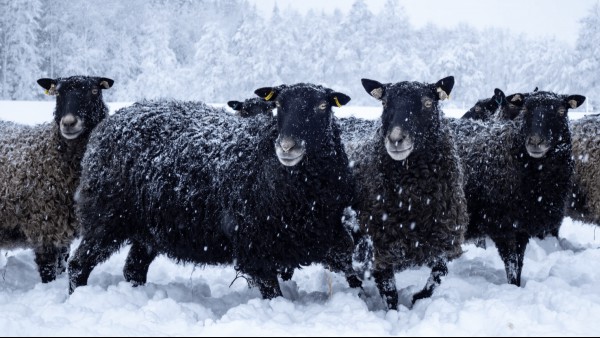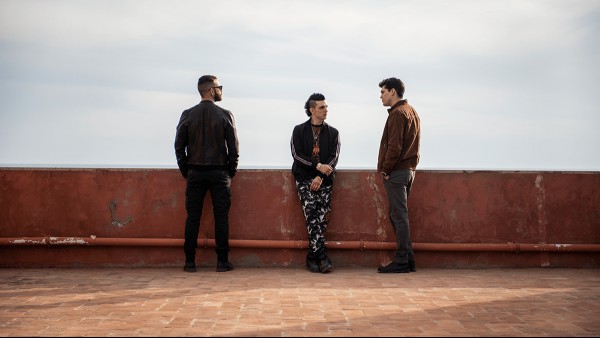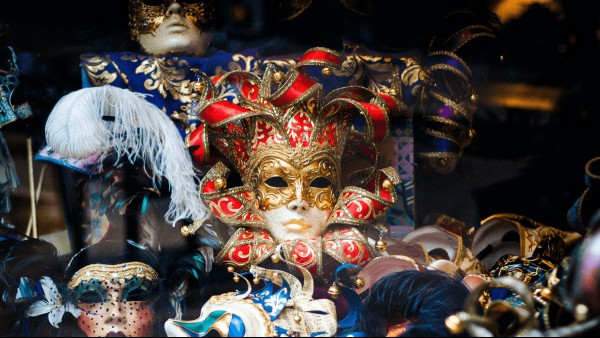Imagine waking up and going to work in pitch darkness. Just before lunchtime, the sun is rising, only to set again some time after your lunch break. You go home from work in darkness and wake up again fourteen hours later — still in the dark. It may not sound very appealing, but this is what winter is like for large parts of northern Europe. This is also why the average Scandinavian and Russian winter is full of holidays and feasts.
Celebrations and small rituals are a way to cope with the long, dark, night of the soul that is a northern Europe winter, and we can all learn something about keeping our spirits high when the weather outside is harsh and unforgiving.
Swedish Winter Traditions
Take the Swedes for instance. They light candles and gather at home for some mys, or coziness (it’s probably no small coincidence that many neighboring countries have their own version of cozy culture too).
This word is the key you’ll need to unlock an understanding of Swedish culture. Everything is mys, and all kinds of words can be constructed out of it: myskväll (cozy evening), höstmys (autumn coziness), vintermys (winter coziness), mystofflor (cozy slippers), or the most infamous one: fredagsmys (Friday coziness). This is when you gather in front of the TV with your whole family and eat tacos, or maybe kebabpizza — a Swedish fusion of kebab and pizza, with iceberg lettuce and yogurt sauce on top.
Turning everything into mys helps Swedes through the winter. And in mid-December, when the nights are longest according to the Julian calendar, Lucia (St. Lucy) brings light. Every kindergarten, nursing home and church gets a visit from a singing Lucia procession, consisting of Lucia herself with candles in her hair, her female tärnor companions, and the male stjärngossar (star boys) who wear huge paper cones on their heads.
It’s hard to say where the Lucia tradition comes from, but parts of it are medieval or even pre-Christian. Dark forces were said to be out and about amongst the people, especially the witch Lussi, who was riding in the sky with her minions and would prey on anybody foolish enough to be outside. Later on, this merged with the Catholic celebration of St. Lucy of Syracuse. Today’s Lucia celebrations are a mélange of different traditions, but with one central theme: bringing light in the darkest hour.
Russian Winter Traditions
In Russia, the most important annual celebration is that of the new year, Новый Год (Novy God). Since New Year’s Eve is almost immediately followed by the Julian calendar Christmas on January 7, Russian winter features about ten days of holiday mirth with lots of champagne, caviar, and — if you’re lucky — gifts. These are brought by the Russian equivalent of Santa Claus, Дед Мороз (Ded Moroz, or Grandfather Frost), who visits New Year’s parties, schools and kindergartens, accompanied by his granddaughter Снегурочка (Snegurochka, the Snow Maiden).
Russian winter traditions tend to have religious, pagan or Communist origins, and they are celebrated with gusto, almost like a form of protest against everyday hardships. Daily life in Russia can occasionally be a tough slog, whether you’re fighting the weather, social injustice, or bureaucracy. The worse the problems, the harder and more fiercely people party – after all, no one knows what will happen tomorrow!
Engaging in some serious mys with mulled wine, or letting the vodka flow until the daylight finally returns — what’s your strategy for coping with the winter darkness?











